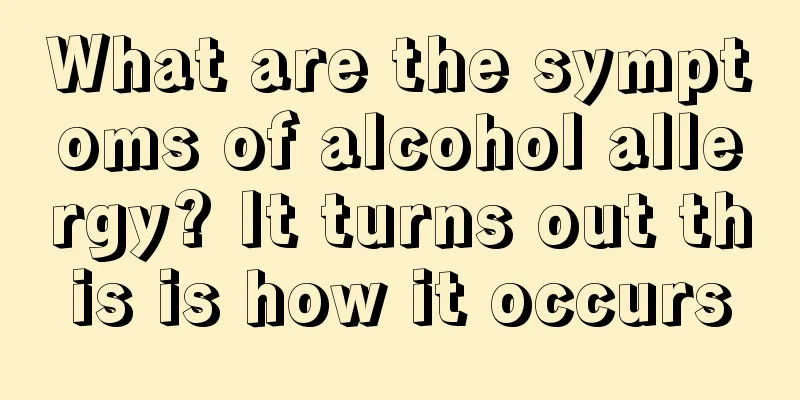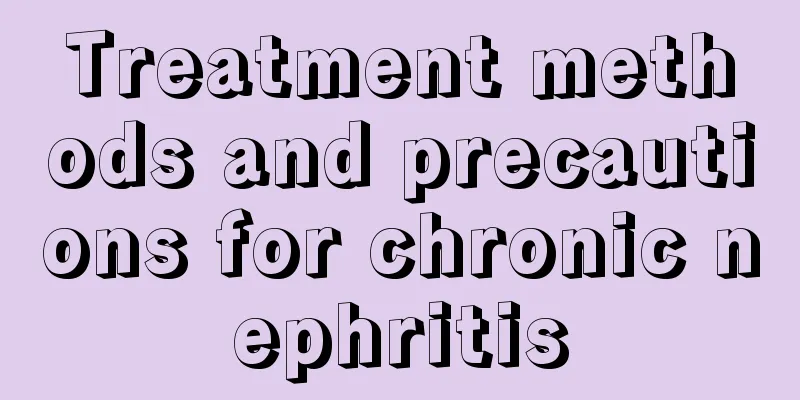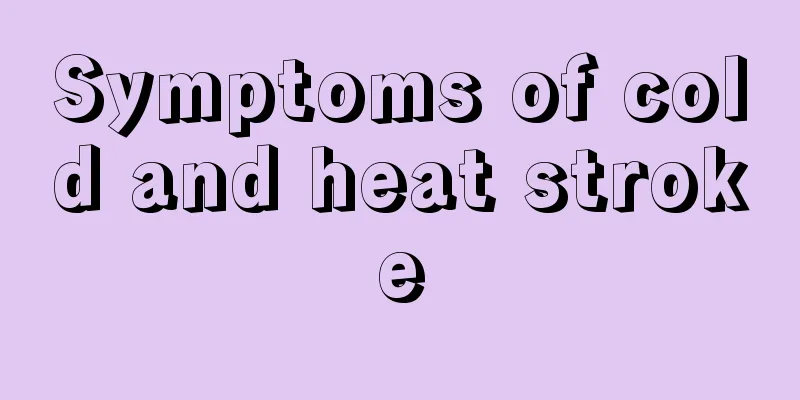What are the treatments for papillary thyroid cancer

|
What are the treatments for papillary thyroid cancer? The choice of treatment will determine the final effect of the treatment. Especially for malignant tumors such as thyroid cancer, timely and correct treatment is crucial. So what are the treatments for papillary thyroid cancer? Let's take a look. Selection of the first treatment method: Patients are divided into several risk groups based on their age, gender, size, extent, histological grade, DNA ploidy, and presence of distant metastasis, so as to facilitate the selection of treatment options. Male patients aged over 45 years are high-risk patients; patients with high degree of differentiation, large primary tumors, thyroid invasion, and distant metastasis are high tumor risks. Female patients under 45 years old, with tumors confined to the gland, good tissue differentiation and no distant metastasis are low-risk patients. Understanding the factors related to clinical prognosis is very helpful in understanding the surgical indications for total thyroidectomy. Patients with distant metastasis, diffuse involvement of the entire thyroid gland, multiple nodules in both thyroid lobes, and extensive invasion outside the thyroid gland all require total thyroidectomy; a single nodule confined to one thyroid lobe is an indication for ipsilateral thyroid lobe resection. Grouping according to patient risk and tumor risk is very helpful in guiding the selection of the first treatment plan. 1. Surgery Surgical treatment of thyroid cancer includes surgery on the thyroid gland itself and neck lymph node dissection. There is still disagreement on the extent of thyroidectomy, with the smallest range being lobe and isthmus resection and the largest being total thyroidectomy. 2. Endocrine therapy Patients who undergo subtotal or total thyroidectomy should take thyroxine tablets for life to prevent hypothyroidism and suppress TSH. Both papillary adenocarcinoma and follicular adenocarcinoma have TSH receptors, and TSH can affect the growth of thyroid cancer through its receptors. 3. Radionuclide therapy For papillary adenocarcinoma and follicular adenocarcinoma, 131 iodine radiotherapy is used after surgery. It is suitable for patients over 45 years old, those with multiple cancer foci, locally invasive tumors, and those with distant metastases. 4. External beam radiation therapy Mainly used for anaplastic thyroid cancer. The above are the relatively effective methods for treating and controlling thyroid cancer today. I hope that after reading this, you will be able to better choose the correct and appropriate treatment method, receive early treatment, and prevent the disease from being delayed. |
<<: Experts help you understand glioma
>>: Experts explain thyroid cancer treatment
Recommend
Homemade serum recipe
You can also make the essence yourself. Its formu...
What to do if you have a headache due to insufficient Qi and blood
Many women often suffer from insufficient qi and ...
The efficacy and function of Echinacea
In our daily life, many people like to drink chry...
Thick snot turns into clear snot
There are many types of snot, but the type of sno...
What kind of care should lung cancer patients receive? Eight nursing measures for lung cancer patients
Due to the severity of lung cancer, we need to do...
Wash your hair with ginger and wolfberry
Ginger and wolfberry are both common things in li...
What are the common factors that lead to liver tumors?
Many factors in life can cause liver tumors. We s...
How to smile beautifully
Smiling is one of the most beautiful expressions ...
What to do if glioma recurs
With the development of society and the improveme...
Middle-aged women taking birth control pills are more likely to develop cervical cancer
Cervical cancer is one of the most common tumors ...
What are the benefits of washing your face with milk regularly
Everyone is familiar with milk. It is a good drin...
How to bandage a wound?
Life is not always smooth sailing. It is inevitab...
Which sports are suitable for bile duct cancer
Cholangiocarcinoma refers to a malignant tumor of...
Is it good to use a milk mixer for babies?
After birth, a baby's body is in a period of ...
The most important prevention of lymphoma
Lymphoma can be caused by many factors in life. I...









